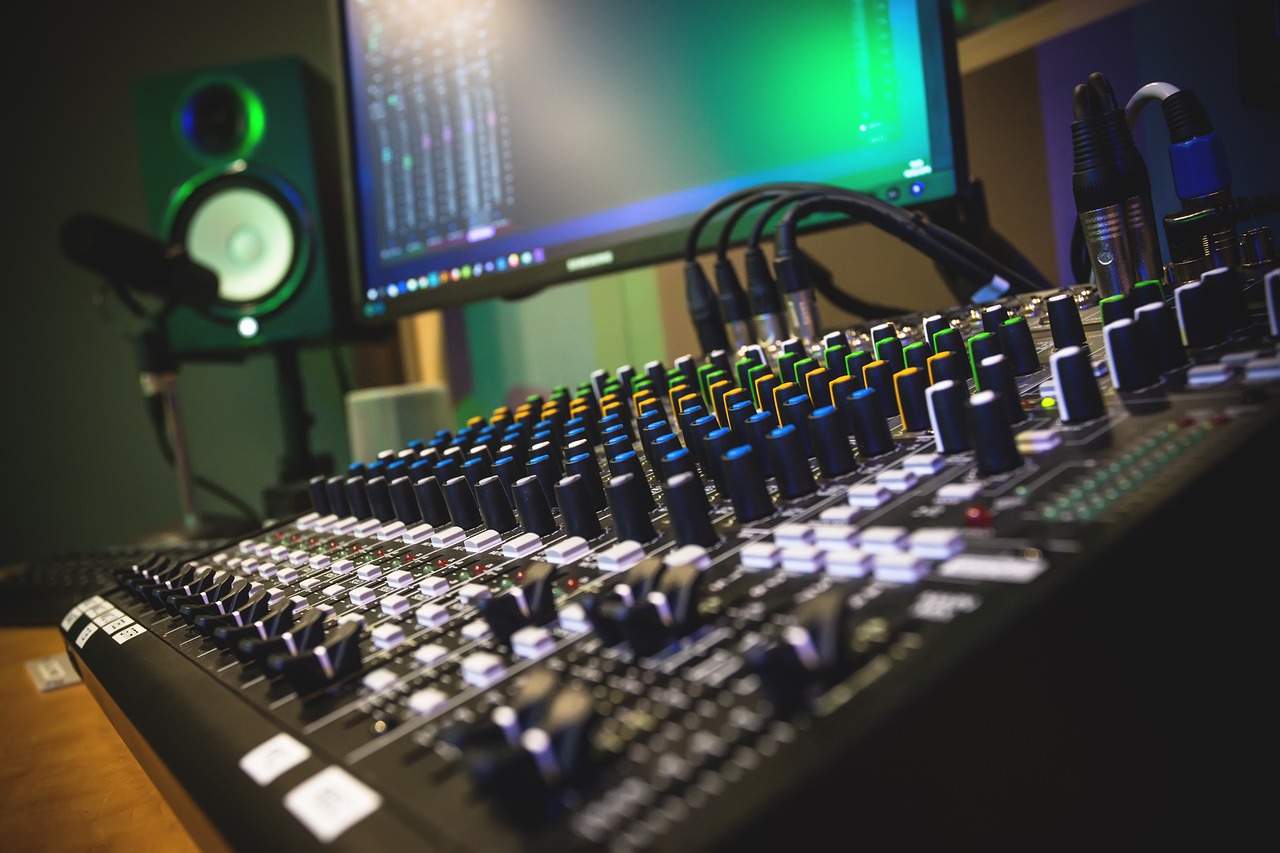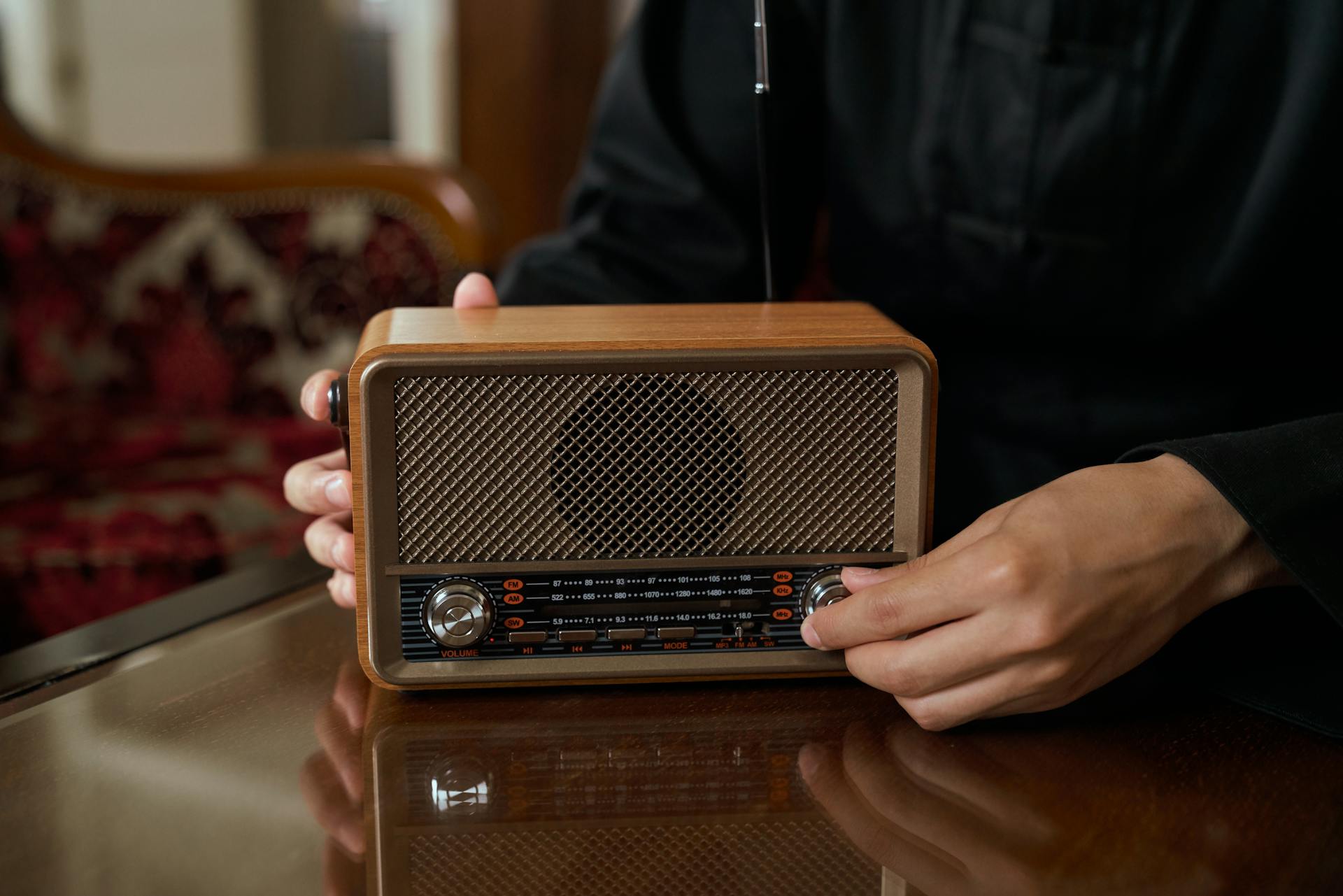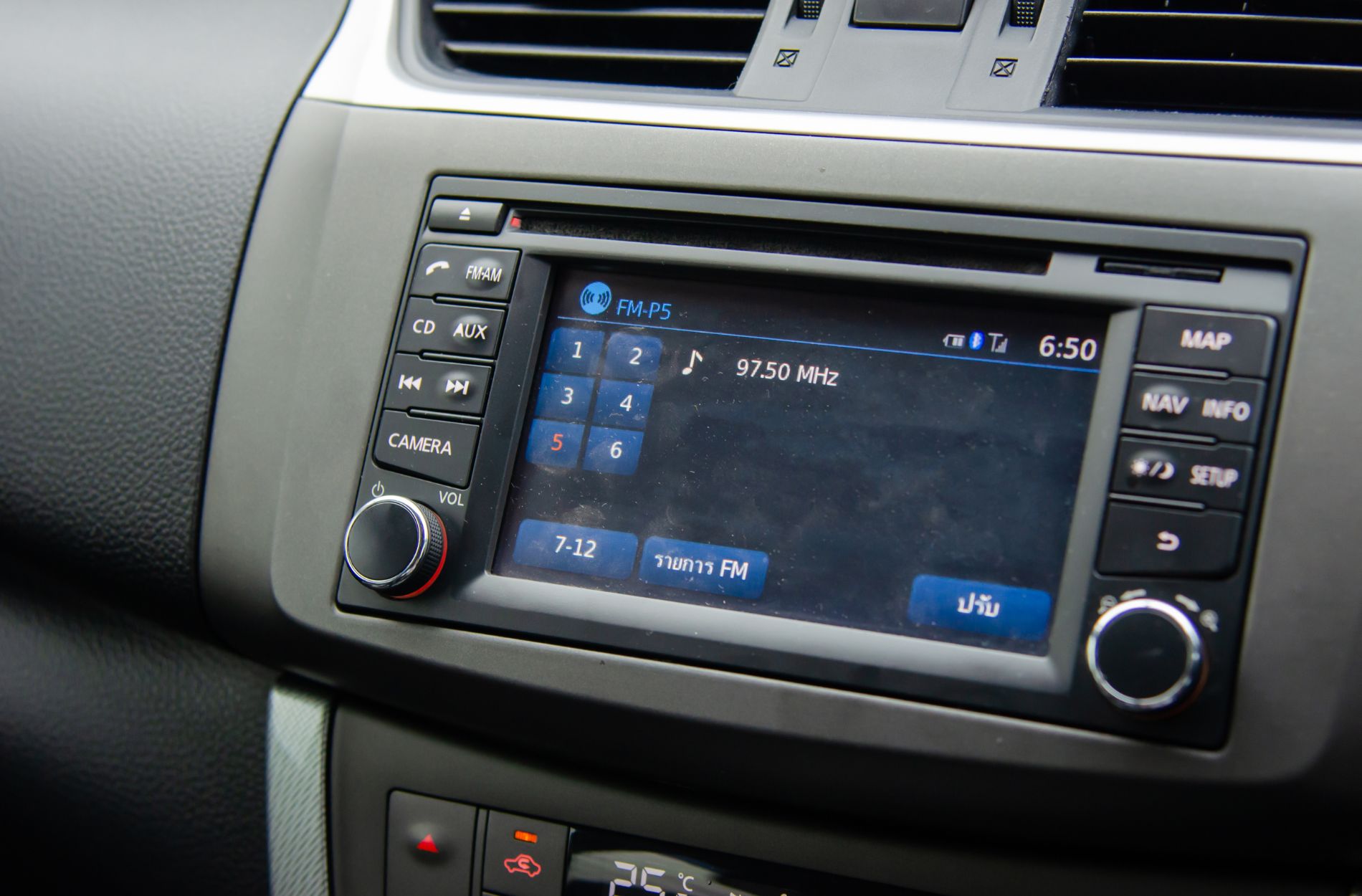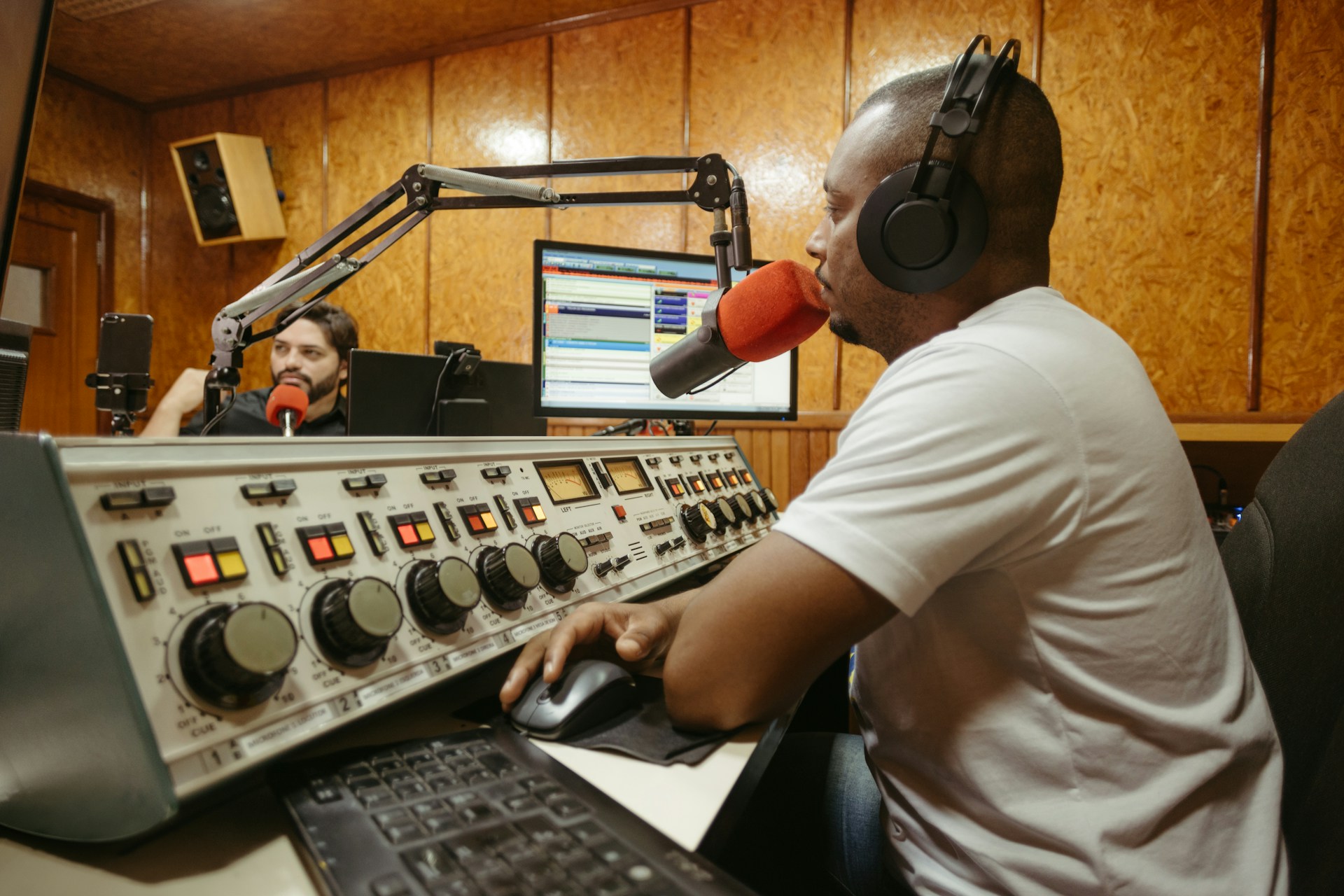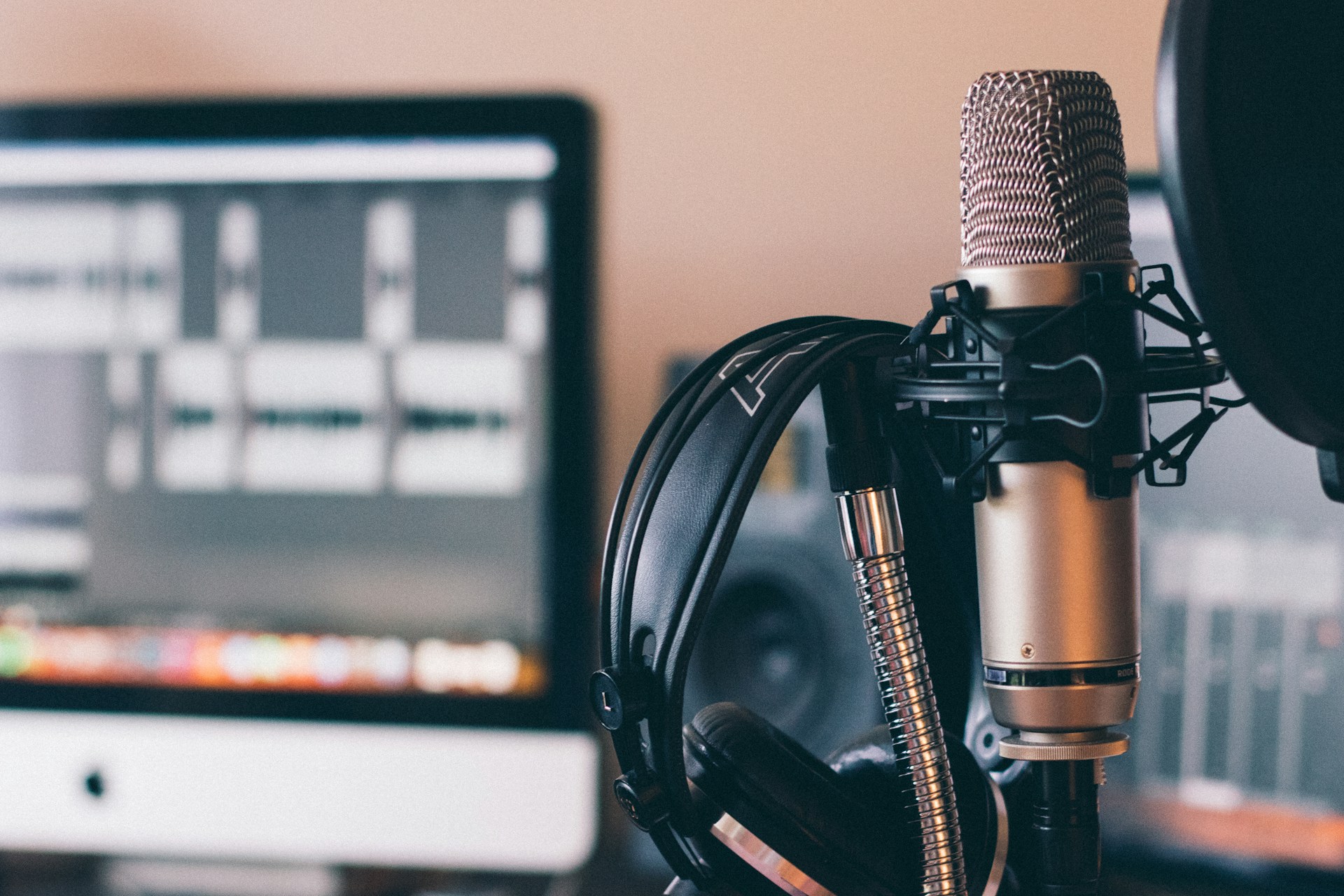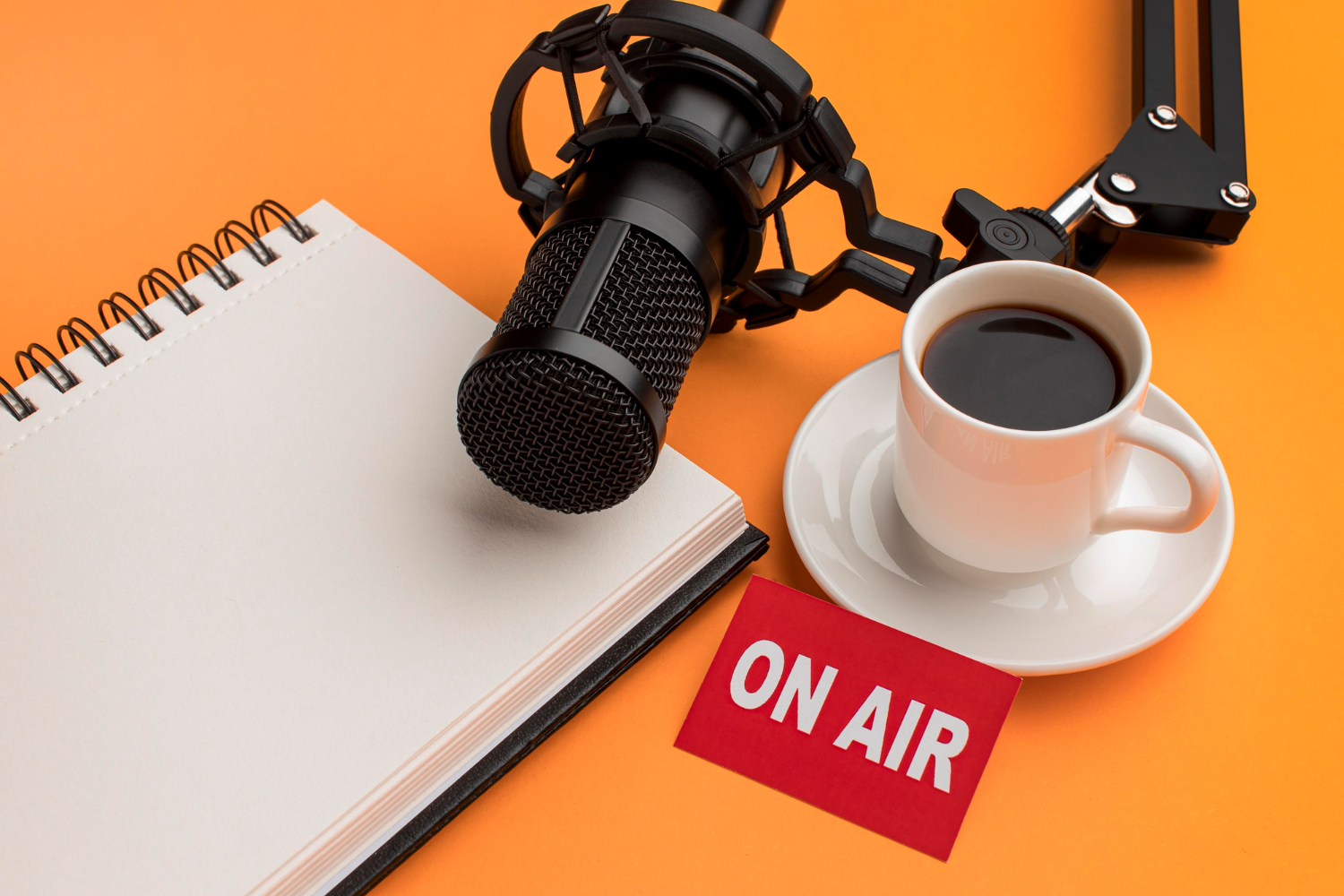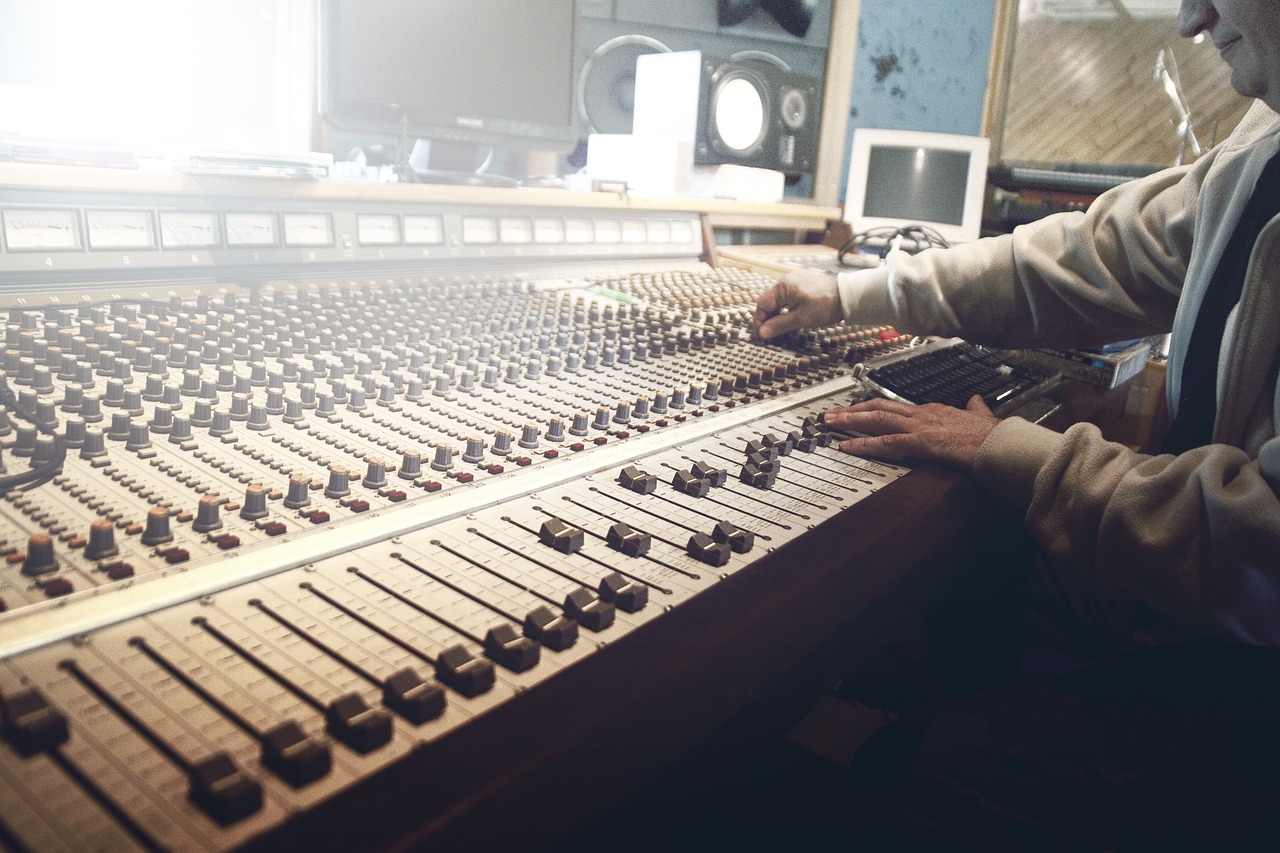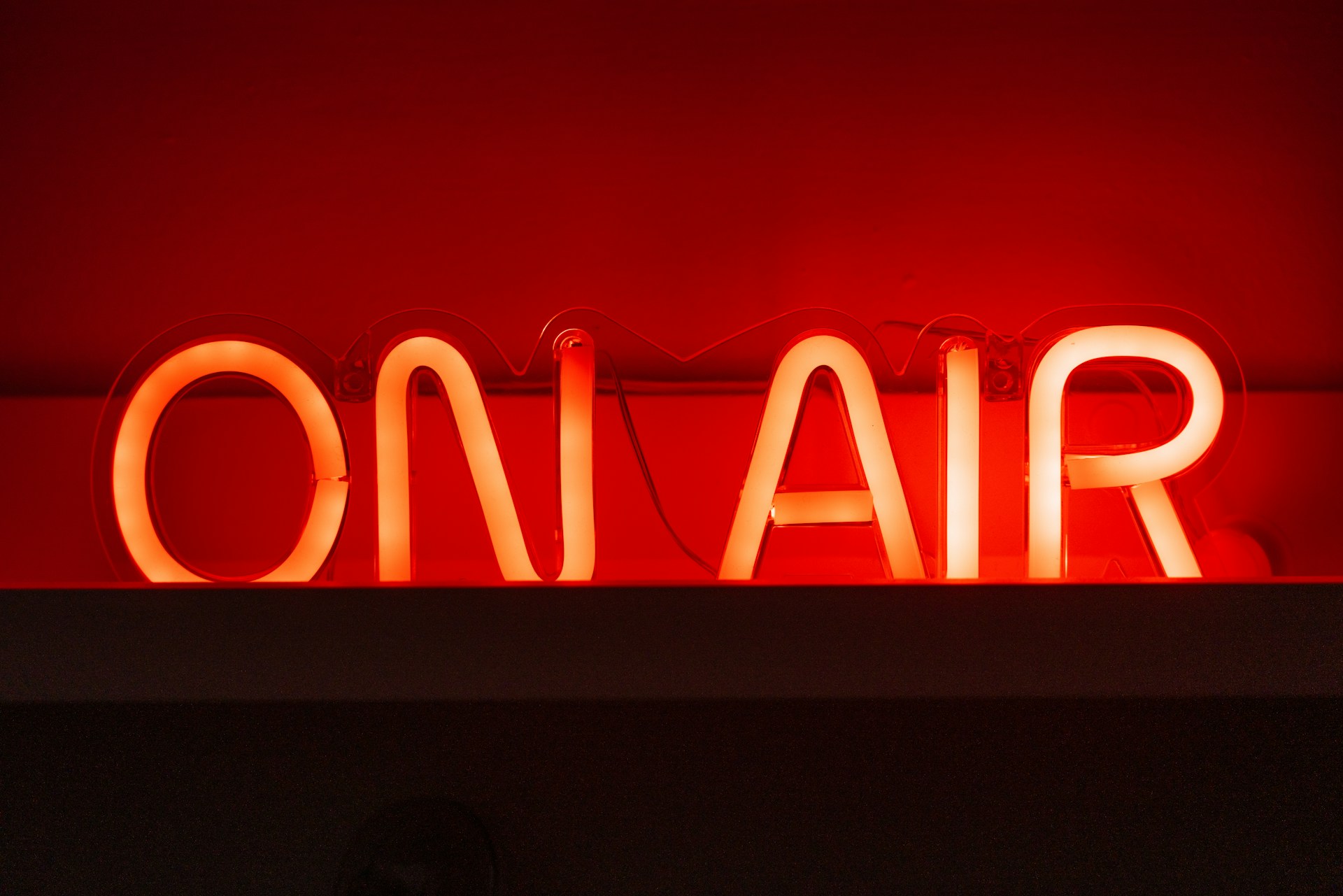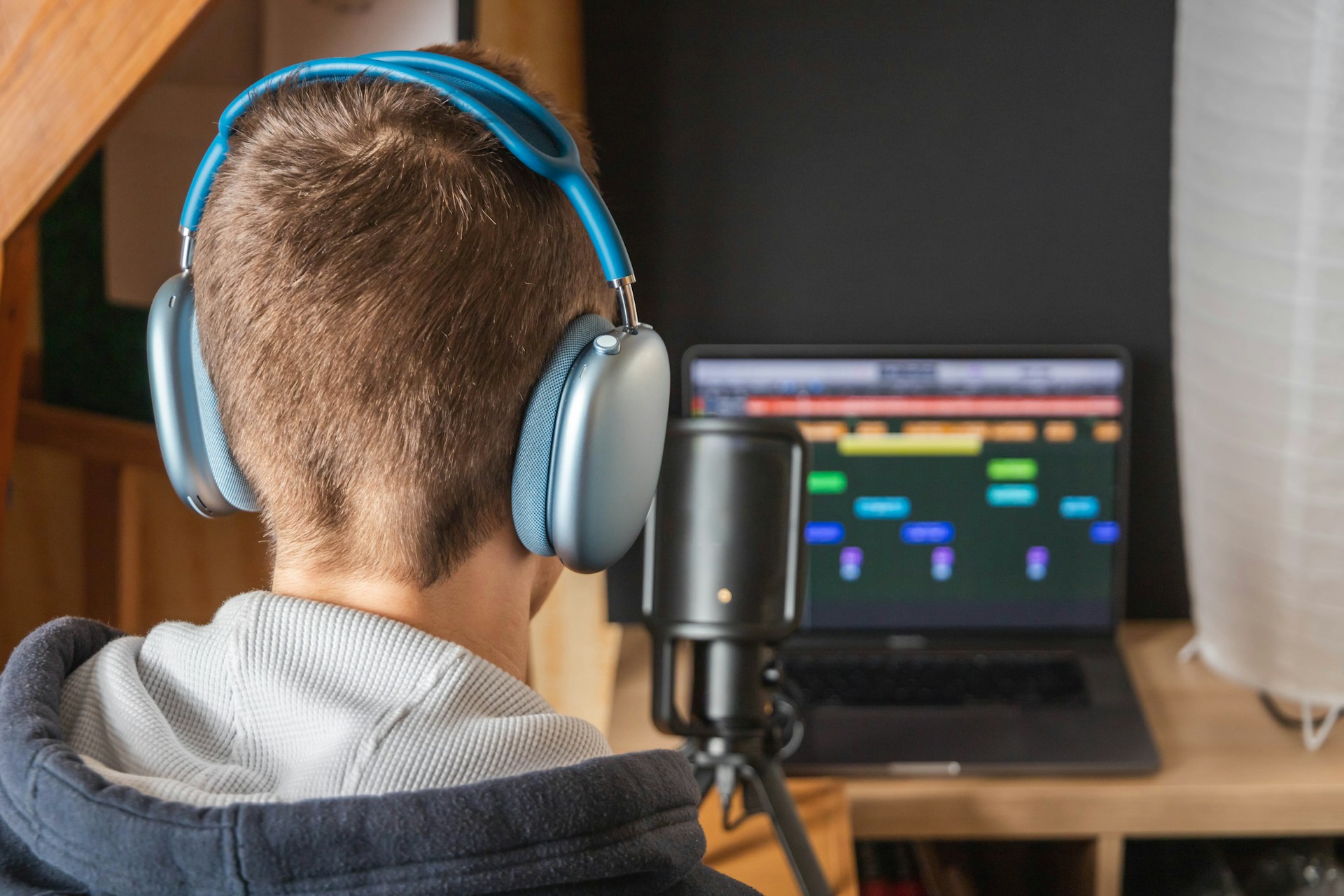Creating a radio ad that captures attention and delivers your message effectively is a bit of an art form. Radio ads have the unique ability to engage listeners using only sound, which means every second counts. However, even small mistakes in these ads can lead to big losses in engagement and effectiveness. Tackling and correcting these common errors is key to making sure your radio ad hits the mark with each play.
A well-crafted radio ad not only communicates your message but also compels listeners to take action, whether by visiting a store, website, or remembering your brand. But what happens when an ad doesn’t achieve these goals? Often, it comes down to missteps that can easily be avoided with a little knowledge and preparation. This article aims to point out these common mistakes and provide straightforward solutions to help make your radio ads more successful.
Misunderstanding the Target Audience
Knowing who you’re speaking to with your radio ad is fundamental to hitting the right note. A misjudgment here can lead to an ad that doesn’t resonate, leaving potential customers confused or uninterested. The key is understanding your audience thoroughly, which begins with some research and keen attention to detail.
Start by defining who the target audience is for your product or service. Ask yourself questions like, “Who would benefit most from this?” or “What challenges does my audience face that my product can solve?” Once you have a clear picture, dive into researching their preferences, daily routines, and the kind of language they relate to. Surveys, social media insights, and even direct feedback from existing customers can be goldmines in gathering this information.
Here’s a practical approach to ensure your radio ad connects with your audience:
– Create Listener Personas: Develop profiles representing your typical audience members to imagine their lives and preferences better.
– Align Content with Interests: Make sure your ad reflects topics and themes that are relevant and interesting to your audience.
– Adjust Your Tone: Use language, humor, and examples that mirror how your audience communicates and what resonates with them.
Tailoring your ad not just to your brand but also to your listeners’ tastes and needs makes it more engaging and increases the chances of it being remembered. Once you know your audience, crafting a message that feels personal and relevant becomes much easier, ensuring that your efforts in radio commercial production lead to successful results.
Lack of a Clear Message
An advertising message that’s unclear might leave listeners scratching their heads rather than reaching for their phones. Crafting an ad with a strong, focused message ensures your point isn’t lost in translation. First, identify the core message you wish to communicate. What do you want your audience to understand or do after hearing your ad?
For a clear message, it’s essential to keep it succinct and direct. Avoid jargon or too many details that might clutter your message. Imagine your ad as a friendly conversation, not a complex puzzle. Here’s a simple approach to honing your message:
– Focus on a Single Main Point: Stick to one key idea to prevent confusion.
– Use Simple Language: Choose words that your audience uses in everyday conversations.
– Repeat Important Information: Reinforce key parts of your message, such as your business name or main offer.
A clear message acts as the backbone of your ad, ensuring that listeners know exactly what to take away from your commercial.
Ignoring Sound Quality
Sound quality can make or break your radio ad’s impact. Poor audio can distract listeners and muffle your message, while crisp, clear sound commands attention. Pay careful attention to all audio elements to avoid common sound pitfalls, including background noise, abrupt volume changes, and unclear speech.
Best practices for top-notch audio include using professional recording equipment and possibly seeking out expert audio engineers. Ensuring sound quality involves:
– Using High-Quality Equipment: Invest in good microphones and recording devices.
– Testing Audio Levels: Check that all elements have consistent volume levels.
– Including Natural Sound Effects: Enhance your message with appropriate sound effects without overpowering the primary message.
Good sound quality not only captures attention but also lends credibility and professionalism to your ad.
Weak Call to Action (CTA)
A compelling call to action is the bridge between an engaging ad and actual listener engagement. Your CTA must be strong enough to inspire immediate action. Think about what you want listeners to do next. Should they visit a website, call a number, or drop by a location?
Effective CTAs often include action words and create a sense of urgency or benefit. Here’s how to craft a CTA that sticks:
– Use Direct Action Verbs: Words like “call,” “visit,” “discover.”
– Tie to a Benefit: Explain what listeners gain by following your CTA.
– Make It Easy to Remember: Keep the CTA short and straightforward to encourage immediate action.
Without a solid CTA, your ad may end up being a catchy tune that quickly fades in listeners’ memories.
Ensuring Your Radio Ad’s Success
Turning potential missteps into opportunities for improvement is a surefire way to elevate your radio ad game. By addressing these common mistakes—misunderstood audiences, unclear messages, poor sound quality, and ineffective CTAs—you’re setting the stage for success.
Think of your ad creation process like fine-tuning a musical instrument. Each element—be it message clarity, sound production, or call to action—plays its part in creating a harmonious result. Address the details, and see how your diligence translates into increased engagement and brand recognition.
Every successful radio ad has its roots in understanding your audience, delivering a clear message, ensuring crisp sound, and incorporating a compelling call to action. Keeping these principles in mind paves the way for radio ads that resonate well and drive desired results.
Crafting a standout radio ad can be challenging, but don’t let common errors hold you back from success. With a careful focus on audience understanding, clarity of message, superb sound quality, and a compelling call to action, you can create ads that truly connect and persuade. If you’re looking to refine your radio commercial production, consider the expertise at Killerspots Agency. Professional support can elevate your campaigns and drive impressive results.


